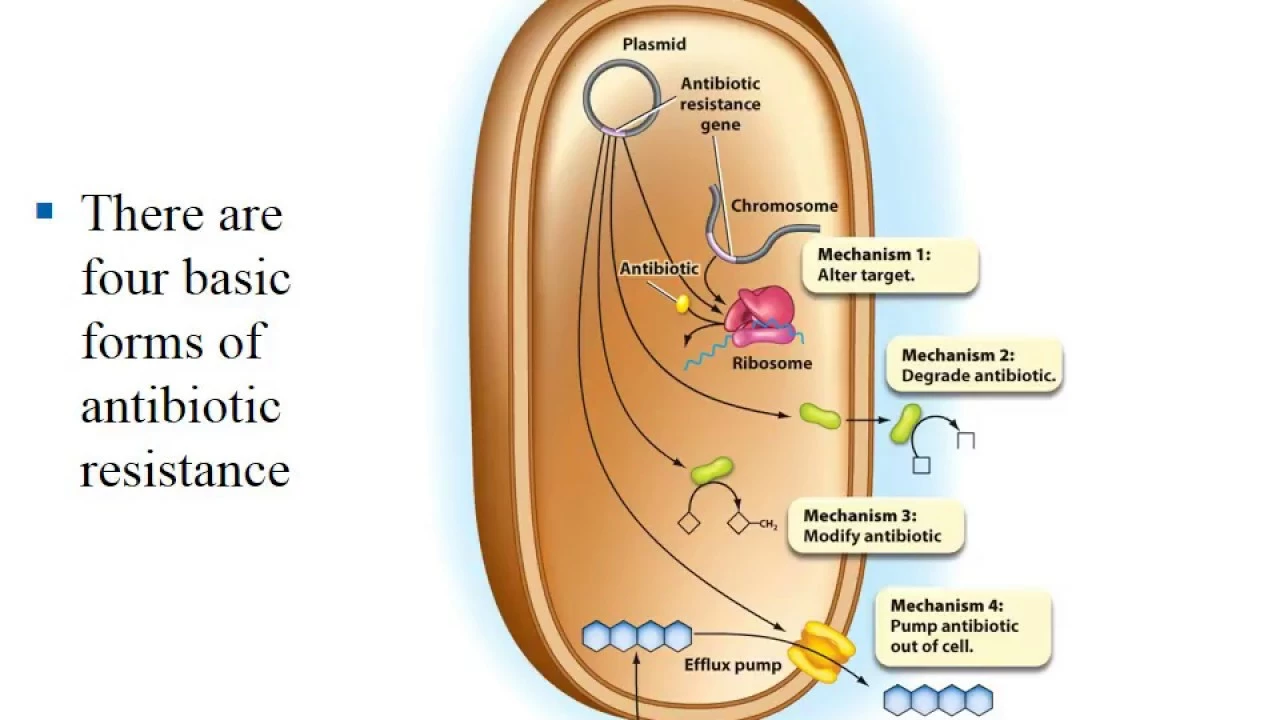Clavulanic acid: what it is and how it works
Clavulanic acid is not an antibiotic on its own. It’s a beta-lactamase inhibitor that doctors add to certain penicillin drugs (most commonly amoxicillin) so the antibiotic can work against bacteria that would otherwise destroy it. You’ll see the combo called amoxicillin‑clavulanate, co‑amoxiclav, or by brand names like Augmentin.
How it helps
Some bacteria make enzymes called beta‑lactamases. These enzymes break the antibiotic’s ring structure and make the drug useless. Clavulanic acid binds to those enzymes and blocks them, so amoxicillin can reach the bacteria and stop them from growing. That makes the combo useful for many sinus, ear, chest, skin and urinary infections—especially when resistance is suspected.
What it treats and common forms
Doctors prescribe amoxicillin‑clavulanate for common bacterial infections like sinusitis, community‑acquired pneumonia, infected wounds, and some dental infections. It comes as oral tablets, chewables, liquid suspensions, and intravenous forms for more serious cases. Strengths vary—follow the prescription label or your doctor’s instructions.
Quick tip: take the oral medicine with food. Food reduces stomach upset and helps the drug absorb more evenly.
Clavulanic acid does not work against viruses (like colds or flu). Using it when not needed raises the chance of side effects and antibiotic resistance.
Also know this: it helps against many beta‑lactamase producing bacteria, but it won’t fix every resistance problem. Some bacteria use other tricks—altered target sites, efflux pumps, or powerful extended‑spectrum beta‑lactamases (ESBLs)—and the combo won’t work in those cases.
Side effects are mostly digestive: nausea, vomiting, and diarrhea are common. A less common but serious issue is liver injury—usually a cholestatic hepatitis that appears weeks after treatment. If you notice yellowing skin, dark urine, severe tummy pain, or persistent fever, contact a doctor right away.
If you have a penicillin allergy, you should avoid amoxicillin‑clavulanate. Tell your healthcare provider about any past allergic reactions. Also mention liver disease, pregnancy, or kidney problems—dosing and choice of drug may change.
For parents: the combination is used in children too, with liquid doses adjusted by weight. Always use the supplied measuring device and finish the prescribed course unless your clinician advises otherwise.
Final practical notes: don’t use leftover antibiotics or share them; stopping early can leave bacteria alive and encourage resistance. If diarrhea is severe or contains blood, see a doctor—Clostridioides difficile infection can follow antibiotic use. When in doubt, ask your pharmacist or prescriber for simple, clear guidance tailored to your situation.

Clavulanic Acid: Addressing the Challenges of Antibiotic Resistance
In my latest blog post, I discussed the growing issue of antibiotic resistance and how Clavulanic Acid is playing a crucial role in combating it. This powerful substance works by inhibiting the enzymes responsible for breaking down antibiotics, allowing our medications to remain effective against bacterial infections. I also delved into how the combination of Clavulanic Acid with other antibiotics has led to improved treatment outcomes for patients. Furthermore, I touched upon the ongoing research to discover new sources of Clavulanic Acid and the importance of continued efforts in this field. Overall, the post emphasized the significance of Clavulanic Acid in addressing the global challenge of antibiotic resistance.
- Health and Wellness (58)
- Drug Information (45)
- Pharmacy Information (19)
- Medical Conditions (17)
- Supplements (4)
- Diabetes (3)
- Travel Health (2)
- Parenting (2)
- Mental Health (2)
- Heart Health (1)
-
Entocort (budesonide): Uses, Dosage, Side Effects, and Alternatives in 2025
27 Aug 2025 -
Osteoarthritis and Travel: Tips for Managing Symptoms on the Go
21 May 2023 -
Unleash Your Body's Full Potential with Medium Chain Triglycerides
26 Jun 2023 -
Fosfomycin and Its Potential Role in Treating Lyme Disease
12 Jul 2023 -
Amiodarone and Pregnancy: Safety and Considerations
16 Jul 2023

5.05.23
Alistair Mukondiwa
19